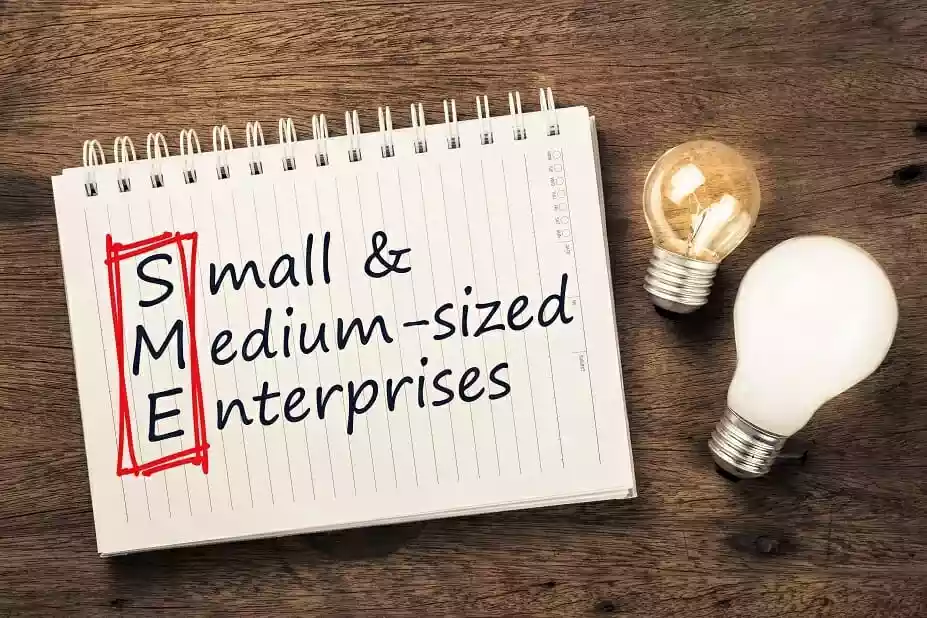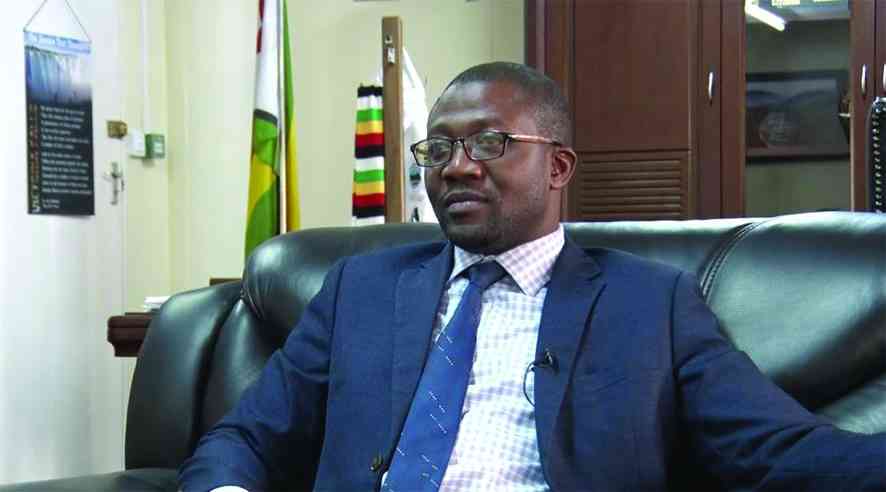
Finance and Economic Development minister Patrick Chinamasa yesterday unveiled a $4bn national budget for 2016, with a financing gap of $150 million, which is expected to be met through domestic borrowings. At least $3,19bn was expected to go towards meeting employment costs.
BY VICTORIA MTOMBA
Presenting the 2016 National Budget in Parliament yesterday, Chinamasa said the projected revenue for next year was $3,85bn. He projected a gross domestic product (GDP) growth of between 1,5% to 2,7%.
“This level of revenue estimates clearly limits the size of overall budget expenditure for the year and scope for manipulation to meet various fiscal expenditure demand for the Zimbabwe Agenda for Sustainable Socio-Economic Transformation projects and programmes,” he said.
This is the fifth year Zimbabwe has had a national budget of $4bn, an indication that there was not much happening in the economy.
In 2009, the budget stood at $934 million, $2,1bn in 2010, while in 2011 it stood at $2,7bn, and $3,4bn and $4bn in 2012 and 2013 respectively.
In 2014, the budget was $4,1bn and since the adoption of the multi-currency system, recurrent expenditure has been taking more than 80% of the budget.

- Chamisa under fire over US$120K donation
- Mavhunga puts DeMbare into Chibuku quarterfinals
- Pension funds bet on Cabora Bassa oilfields
- Councils defy govt fire tender directive
Keep Reading
Chinamasa said prices were, however, set to further deflate in 2016 with a forecast of 1,6% by end of the year. The Finance minister said exports were expected to reach $3,7bn in 2016 from $3,4bn in 2015, while imports are expected to decline to $6,2bn from $6,3bn in 2015.
Chinamasa said the slowdown in emerging markets, such as China, affected demand for exports and with the continued decline in international mineral prices, they will continue to undermine the performance of the mining sector as what prevailed in 2015. He said there were important sectors in the budget that were considered when allocations were made and these include education, health, Office of the President and Cabinet, agriculture and mechanisation.
The Primary and Secondary Education ministry got the largest chunk of $810,43 million, while the Higher Education, Science and Technology ministry got $307m, demonstrating the importance government attached to education.
Chinamasa said there were bottlenecks frustrating the economy that included infrastructure gaps, lack of liquidity, inefficient parastatals, low savings and rising corruption in both the private and public sector.
He said the arrears clearance of $1,8bn to multilateral creditors is set for the first quarter of next year and is expected to unlock fresh capital for the economy.
The country’s debt to both domestic and foreign debtors stood at $8,3bn as at end of September 2015.
Budget Highlights
Budget $4 billion
Economy to grow by 2,7%
Import bill $6,2bn from $6,3 billion in 2015
Export bill $3,7bn in 2016 from $3,4bn in 2015
VAT exemption for clothing, milk, eggs, vegetables, fruits, cereals, margarine and rice.
Amendments of transfer pricing rules
Rebate of duty on capital equipment by the mining, agriculture, manufacturing and energy sectors
Tax exemption on long-term deposits
Exemption of tax from interest earned on deposits with a tenure of more than 12 months
Exemption of minimum value of $10 000 or annuity to a maximum of $60 000 for retrenched employees
VAT on short term insurance to commission earned on the buying and selling of insurance policies by brokers
Duty increase on selected fabrics up to 40%
Reduction of stamp duty on policies of insurance in retrospect to 2009.











